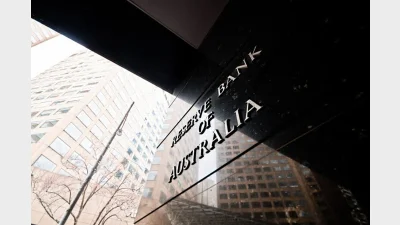ASFA supports push for more accurate labelling




|
| Warren Chant
|
The Association of Superannuation Funds of Australia (ASFA) has supported a push for more accurate labelling of investment products.
For some time there has been criticism about the lack of uniformity of descriptions of funds and investments, with many ‘balanced’ funds containing as much as a 70 per cent exposure to growth assets.
In June this year the Australian Prudential Regulation Authority (APRA) released its best practice guidance for trustees to adopt a classification process that would allow members to more easily distinguish between investment strategies.
“Given the lead-time to change disclosure documentation, it is important that this first step be taken now rather than deferring it until APRA develops more comprehensive material,” APRA deputy chairman Ross Jones said at the time.
“This can be assisted by trustees ensuring that, for each strategy offered, it is clearly stated what the expected frequency of negative returns of that strategy is over a 20-year period.”
The best way forward was for APRA to provide brief early guidance that would be followed up with more detail in a suitable form in due course, he added, but four months on there have been no further developments around fund labelling.
Both Morningstar co-head of fund research Tim Murphy and Chant West principal Warren Chant recently told Super Review’s sister publication, Money Management, that APRA or the Australian Securities and Investments Commission (ASIC) needed to step in to address the issue but that this was unlikely to happen soon.
ASFA chief executive Pauline Vamos said it was high time that terms used to describe the risk of investment to consumers were defined and applied uniformly across funds.
“This is not just about defining asset classes. We need a uniform measure on performance that includes after tax and after investment fees on a risk-rated basis. We are in partnership with FTSE on a series of after tax indices that will shortly be expanded to include Capital Gains Tax (CGT). The modelling for CGT has been done and the updated indices will be released next year,” Vamos said
ASFA has also been part of a working group made up of industry members, including representatives from the Financial Services Council (FSC) on risk modelling, she said.
Output from the working group that would form the basis of funds comparison on a risk-rated basis was expected to be completed by the end of the year and would feed into consideration by APRA and ASIC, Vamos said.
“The next step is to translate the outputs of the working group into consumer-friendly symbols and ASFA is leading the discussions on this,” she said.
Recommended for you
Australians are losing millions weekly in unpaid super, yet payday super laws have not made it onto Parliament’s agenda.
First Nations Australians have faced systemic barriers accessing super, with rigid ID checks, poor service, and delays compounding inequality.
“Slow and steady” appears to be the Reserve Bank’s approach to monetary policy as the board continues to hold on to its wait-and-see method.
AFCA’s latest data has shown a decline in complaints relating to superannuation, but there is further work to be done, it has warned super funds.











